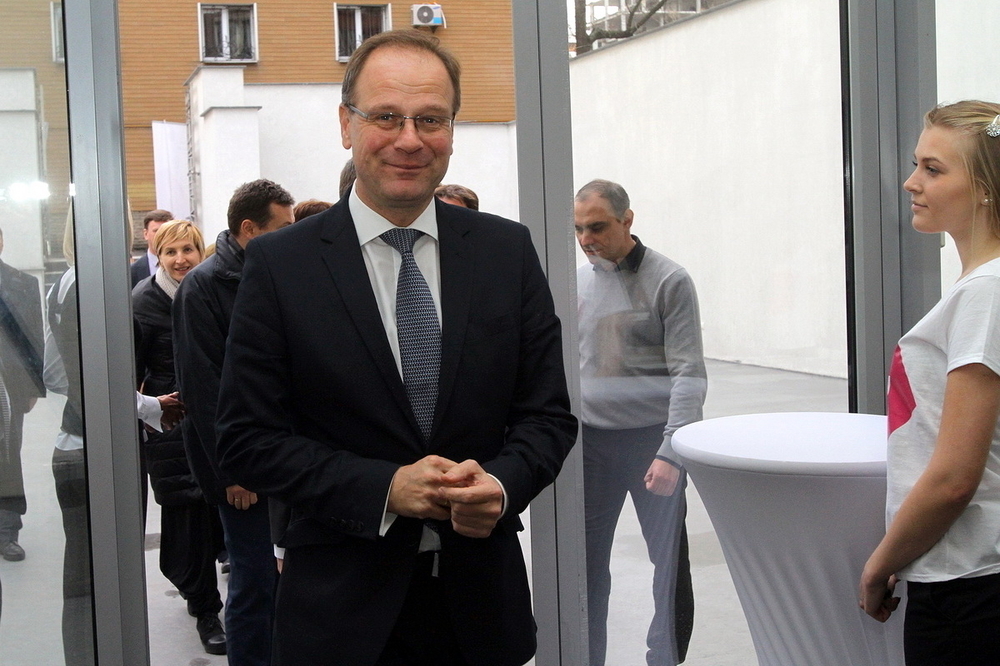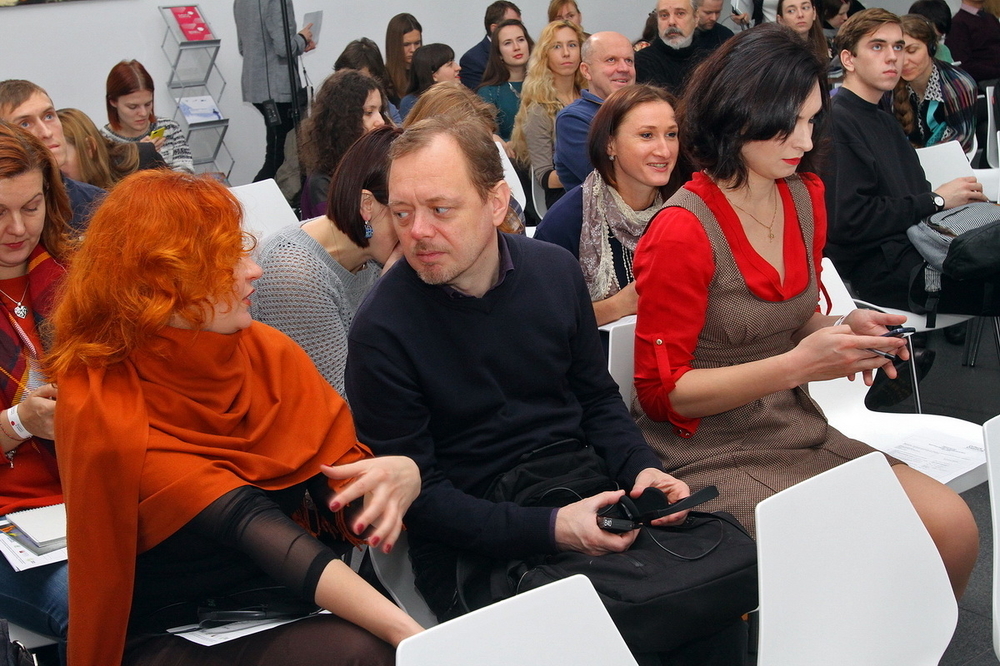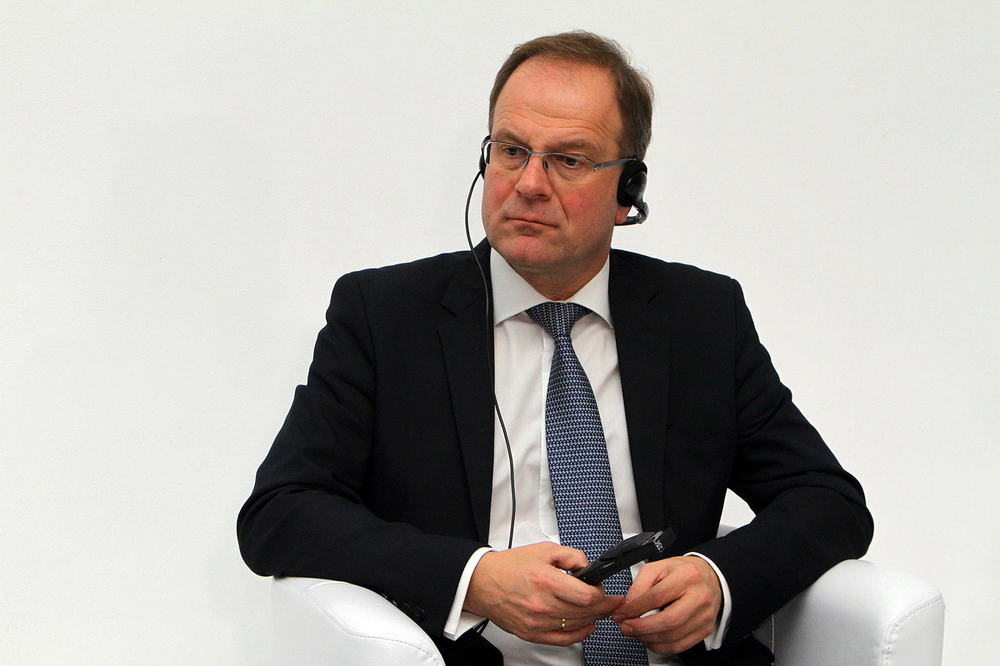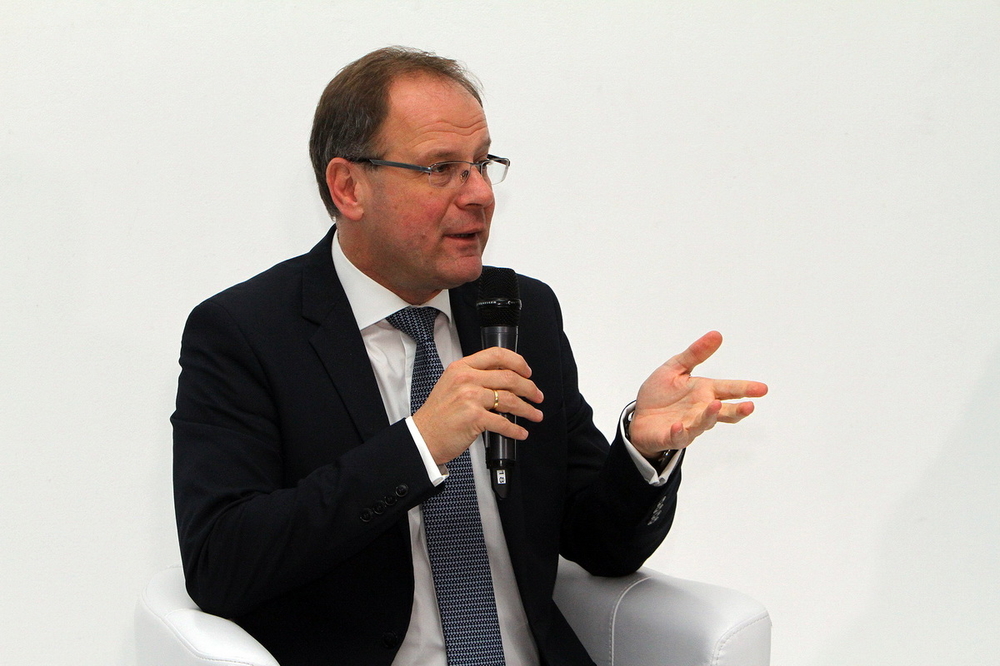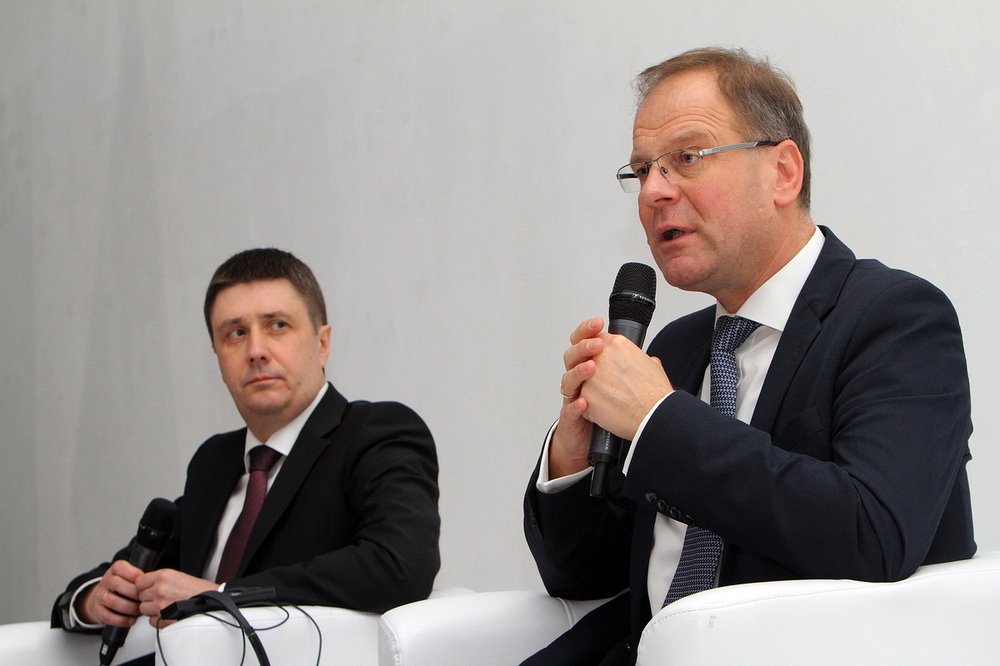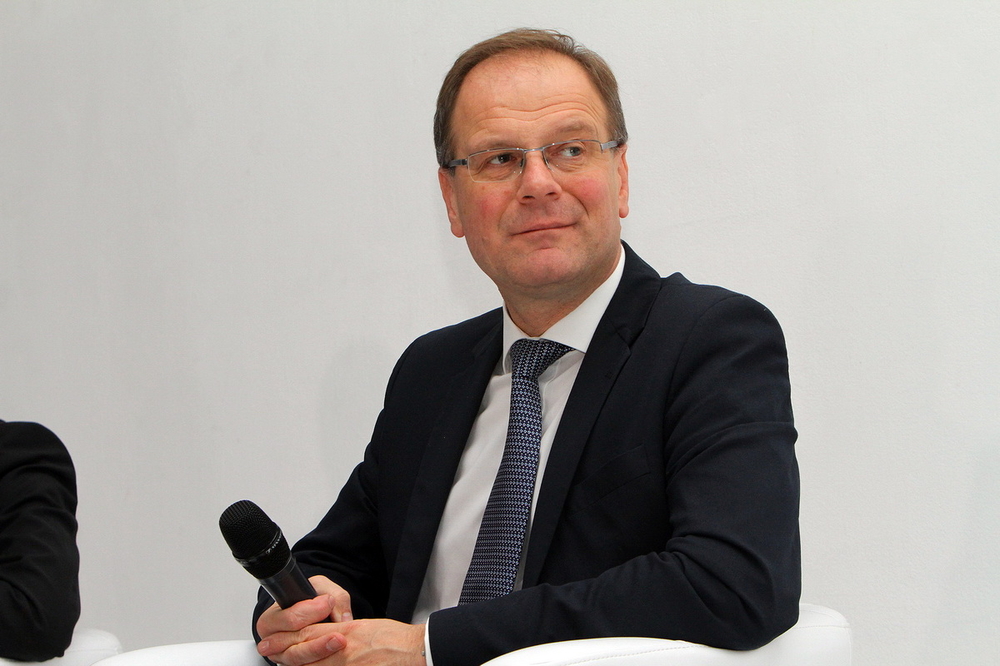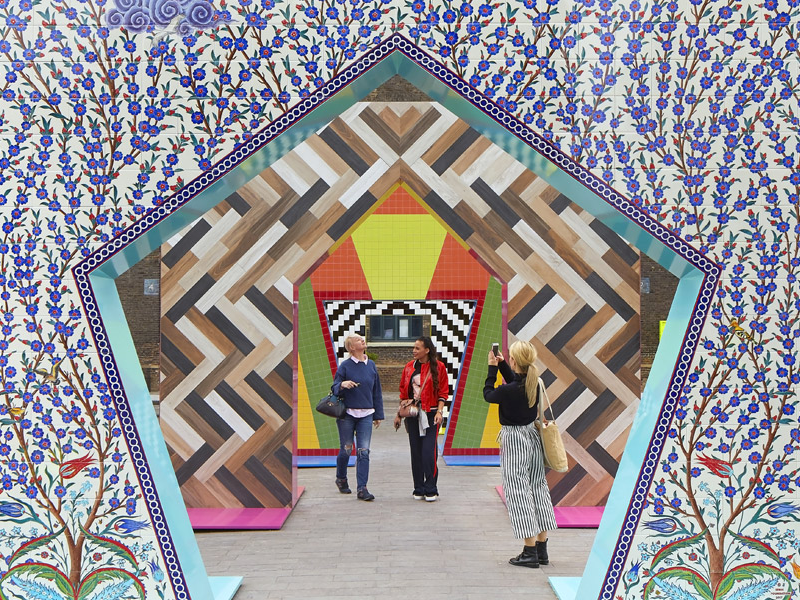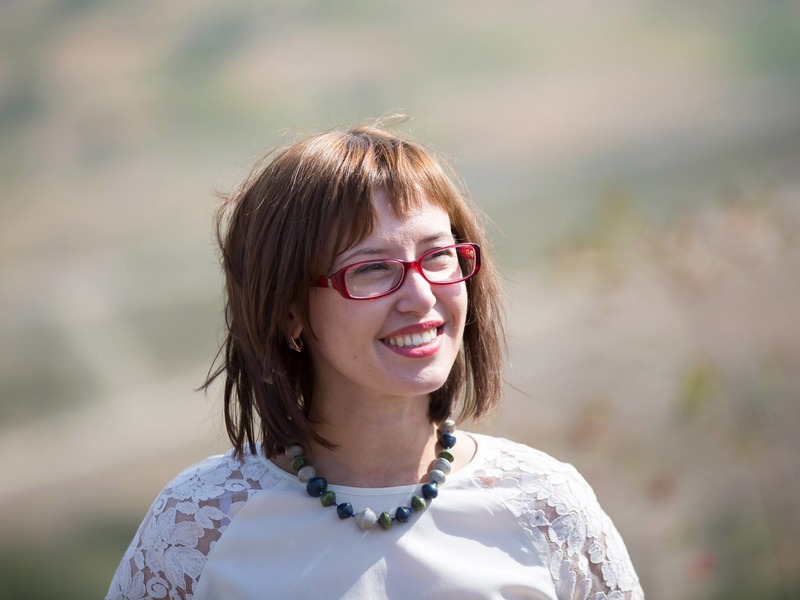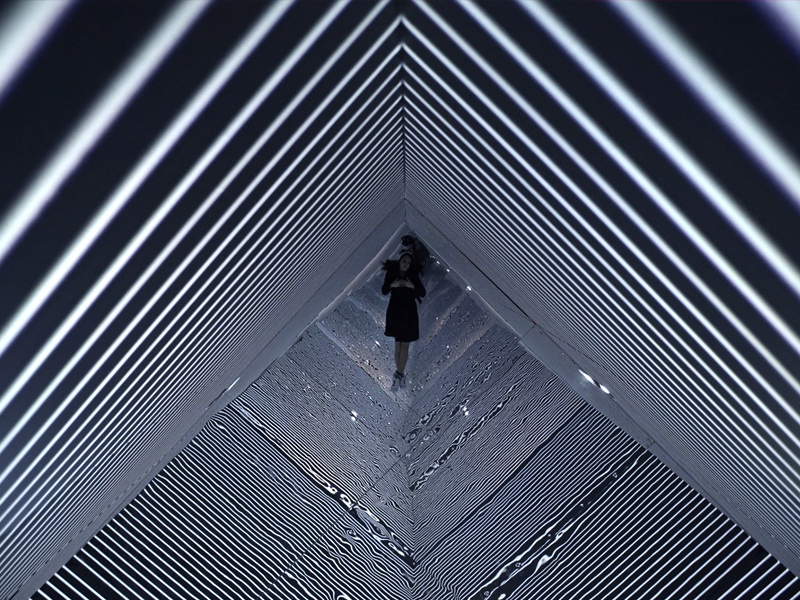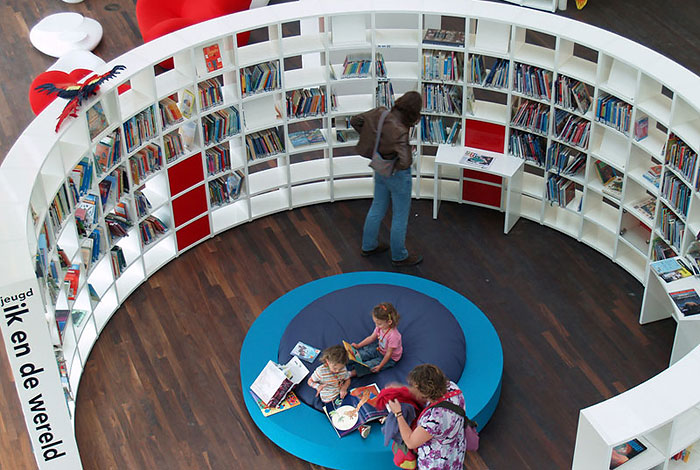
10 FACTS ABOUT THE CREATIVE EUROPE PROGRAMME
1. CREATIVE EUROPE is the European Commission’s framework programme for support to the culture, creative and audiovisual sectors. With a budget of €1.46 billion, Creative Europe will support, between 2014 and 2020, all European projects that promote cross-border cooperation, reaching new audiences and sharing skills.
2. FUNDED PROGRAMMES. The Creative Europe programme consists of two sub-programmes: the Culture sub-programme to promote the cultural and creative sectors and the Media sub-programme to support the development and distribution of audio-visual products. The programme will allocate at least 56% of its budget to the Media sub-programme and around 31% to the Culture sub-programme. Another 13% will be allocated to the newly established cross-sectoral strand planned for 2016. This strand includes financial support for Creative Europe Desks and the implementation of funding security mechanisms.
3. PROGRAMME TASKS. The Creative Europe programme will provide financial support to those projects that aim to fulfil the following tasks: strengthen the sector and increase its potential; reach new audiences; develop new business models; create and support virtual projects.
4. PROGRAMME OBJECTIVES. The projects should also seek to achieve the objectives of the Creative Europe programme. These include: strengthen the sector’s potential on the transnational level; stimulate international distribution of works and industry operators in addition to reaching new audiences in Europe and beyond; promote the use of innovative and creative approaches; strengthen the sector’s financial potential; strengthen decision making mechanisms.
5. PROCEDURE FOR SELECTION OF APPLICANTS. A database of experts who specialise in various fields is created. These experts review applications for those projects that lie within their field of expertise. Experts usually only review those applications that are outside their country of residence to avoid conflict of interests. All applications are reviewed by independent experts. The threshold for passing scores is established every year depending on the quality of applications. Review results with detailed comments are sent to the applicant for both successful and unsuccessful applications. Applicants can apply again taking into account the experts’ comments.
6. SCORES CRITERIA. Experts evaluate whether proposals correspond to the objectives and priorities of the sub-programme, its quality and content, communication and information sharing approaches, and the quality of partnership for the project’s implementation.
7. THE VALUE OF YOUR IDEA. Evaluate the idea of your project by responding to the following questionnaire:
- How “European” is it?
- How unique/new/different from other ideas is it?
- What results/consequences/influence/advantages will it bring participants/audience/sector?
- Can the idea be implemented to achieve broader objectives of the EU?
8. FUNDING. Within the Creative Europe programme framework, match funding is required. Every partner should agree to contribute to the project. For Small Cooperation Projects, Creative Europe offers grants of up to €200,000 (a maximum of 60% of the total project budget). For Large Cooperation Projects, grants of up to €2 million are offered (a maximum of 50% of the total project budget).
9. MAIN CONDITIONS FOR APPLYING FOR A GRANT. Ukrainian organisations should be legally registered. Only after a minimum period of 2 years following registration can they apply for a grant.
10. APPLICATION RULES. Applications are submitted directly to the Education, Audiovisual and Culture Executive Agency (EACEA) in Brussels. Application can be done by post or online.
Follow the link for detailed information of the Creative Europe application process: http://culturepartnership.eu/ua/publishing/creative-europe


